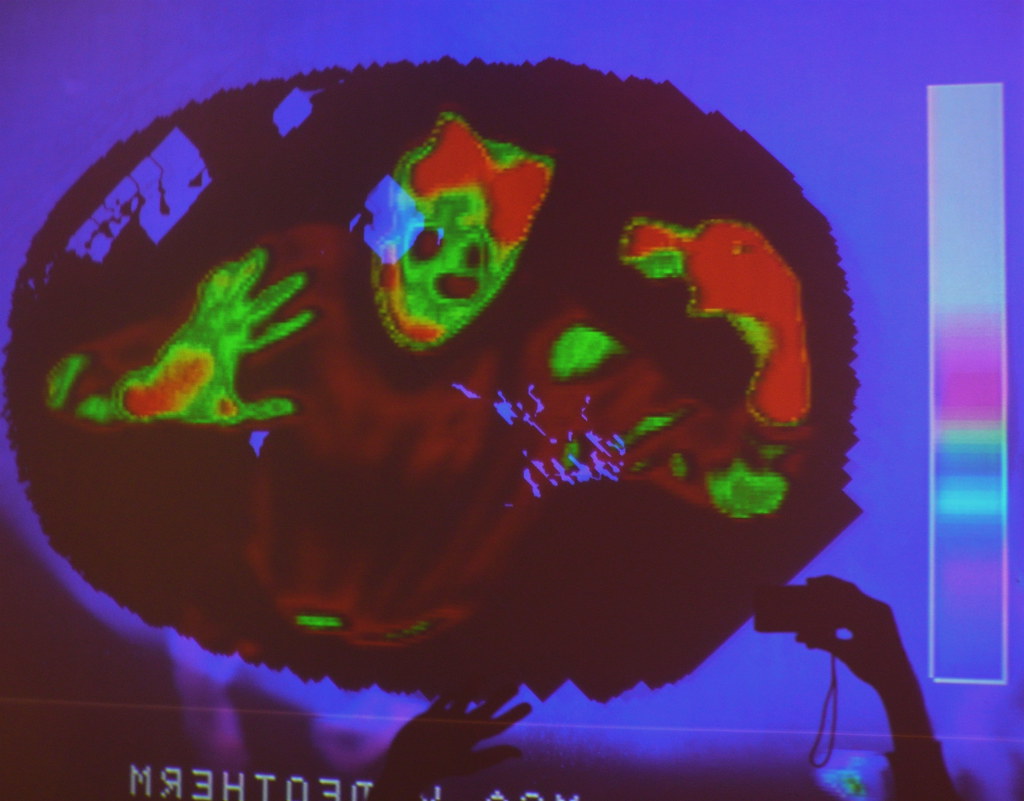The Formula One racing World Championship season is held annually from early spring through fall. Races are held at locations around the globe but every race weekend follows the identical pattern.
The leading causes of death in auto racing accidents are skull and neck fractures ensuing from fast deceleration throughout accidents. The Head and Neck Support system (HANS) was designed to scale back these whiplash effects. The system consists of a collar that's connected to the safety belt and strapped to the helmet to carry the helmet in place throughout an accident. HANS usage became necessary in Formula One racing in 2003.
Formula One racing flags follow a pattern. Many of the flags are common to most auto racing events and acquainted to the overall public. Others are specific to Formula One racing.
The shoulders on overalls worn by Formula One racing drivers have to massive safety handles. Because FIA rules need that a driver be removed quickly from his car while strapped into the seat they're held in place with solely two standardized bolts that can be removed with a tool carried by each rescue team. The long and sturdy straps build it possible to get rid of each driver and seat together.
How do Indy drivers visit the toilet? Several racers attempt to pace themselves thus they'll use the restroom before they reach the track. If the need arises, some take Daly's approach, whereas others, like Santino Ferrucci, notice the nearest golf cart or scooter and do their best to weave through traffic.
The final key to a successful racecar is that the tires. In 2007 solely one tire provider is approved for Formula One racing. Formula One racing tires use a special air mixture high in nitrogen to keep up uniform and longer lasting tire pressure.






